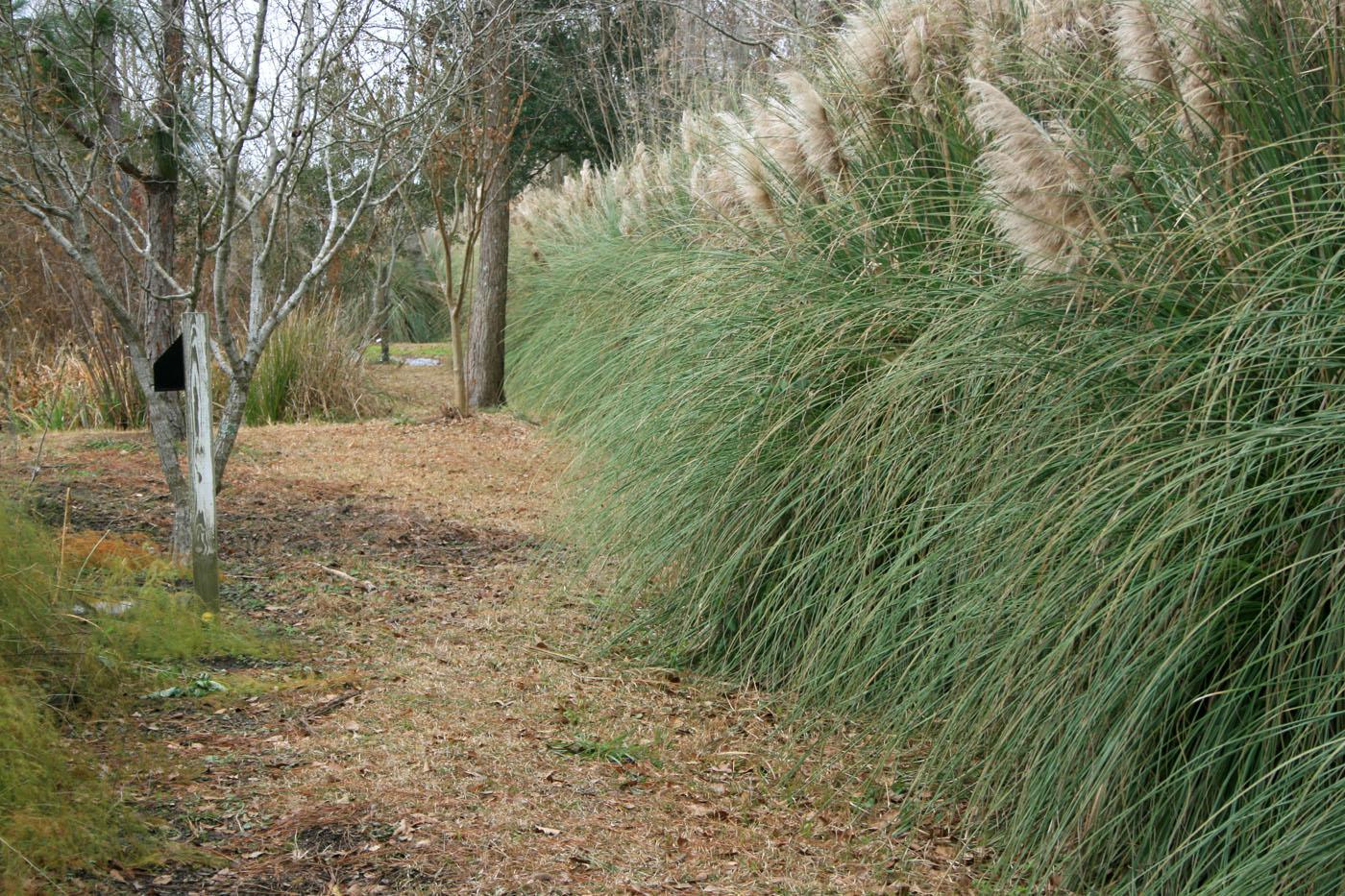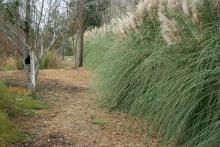Information Possibly Outdated
The information presented on this page was originally released on January 6, 2011. It may not be outdated, but please search our site for more current information. If you plan to quote or reference this information in a publication, please check with the Extension specialist or author before proceeding.
Plant living screens to improve scenery
January is a good time to take a look at your landscape because views are not obstructed by much foliage. When we can get a really clear view of what lies beyond our own yards, we sometimes don’t like what we see.
Many times we see the neighbor’s house or some view we’re not interested in. These views are hidden in the summer but seem to stare back in the winter. You may notice some traffic noise that gets blocked out by summer foliage.
You could build a privacy fence or wall, but these can seem a little cold and stark. It may be time to plant a living screen.
I’m often asked what plants can be used for a living screen. I usually answer by asking what plants can’t be used. Almost any evergreen, except for short ones, can be effective screening material. And don’t think that screens are limited to large landscapes only. Living screens can create cozy, intimate outdoor rooms in small spaces.
I have always liked living screens made of hollies. Because there are so many leaf shapes and textures, a screen of hollies can appear to be made of several different plant species.
Foster’s holly is a good choice, with its pyramid shape and bright red berries in the winter. Other good hollies are Nellie R. Stevens, which at times can seem more red than green because of its many berries, and Chinese holly, known botanically as Ilex cornuta.
Some gardeners like to use native plants in the landscape. If you want a native holly for your screen, I would suggest the American holly, Ilex opaca. The native Eastern red cedar provides habitat for wildlife to nest and forage. There will be slight variations in the cedar’s foliage color from bright green to bluish green.
Southern and sweet bay are a couple of native magnolias that work well. The southern magnolia is a big plant that needs lots of room. Little Gem magnolia is a small alternative--if you can call 20 feet tall and 10 feet wide “small.” Little Gem is a Mississippi Medallion winner. Sweet bay may lose its leaves during really cold weather and should be companion planted with other evergreen shrubs.
Grasses can be effective screens. Pampas grass is a good choice. With its arching, silvery-green foliage, this grass can get to 7 feet tall and wide. The flower stalks can be up to 10 feet tall, and its feathery plumes will persist through the winter.
Whichever plants you choose, here is a tip to planting a successful living screen. Plant two rows in a zigzag pattern resembling clumping that might occur naturally. If you were to plant in a straight line, you would have a formal look at first, but differing growth rates or a lost plant could cause visual problems later.








